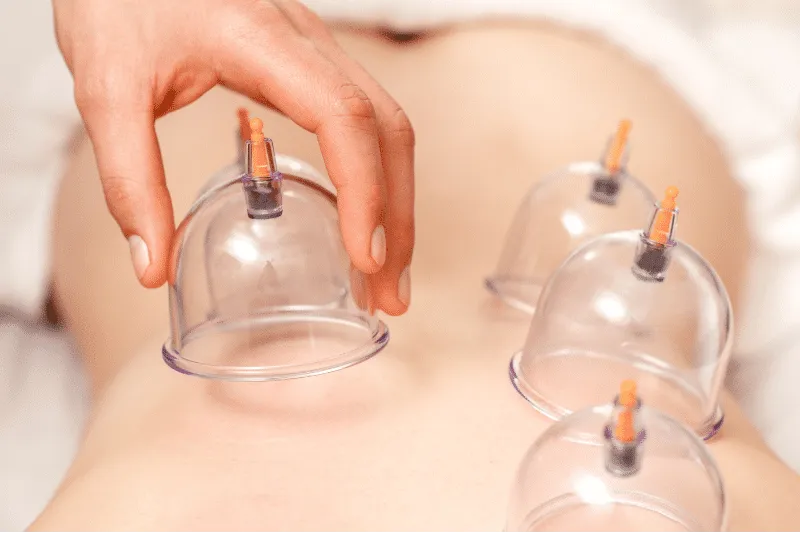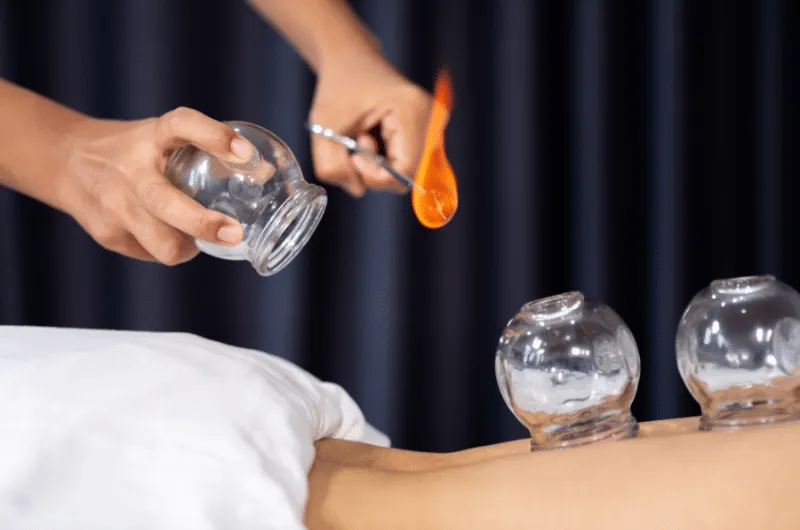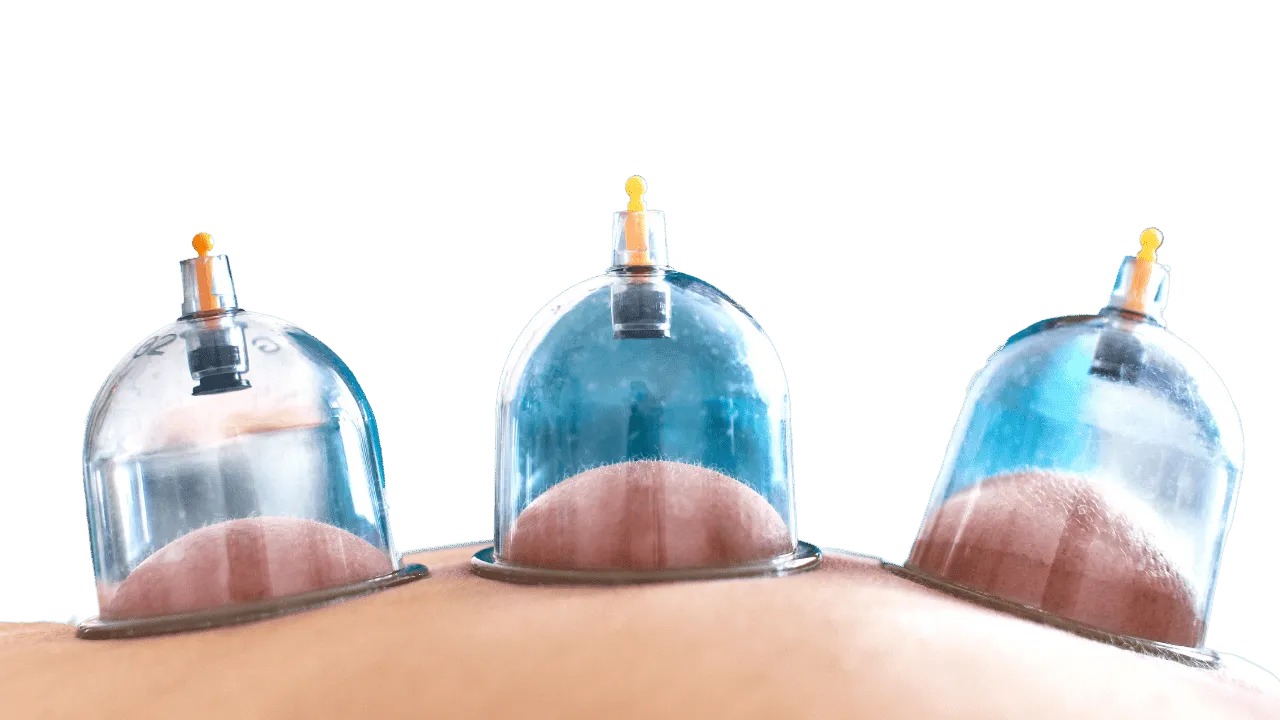Cupping Therapy Glasgow
Myofascial Cupping
Interested in Myofascial cupping therapy in Glasgow? As an experienced therapist who uses cups, I’ve written a comprehensive guide Myofascial Cupping and Cupping Massage.
Whether you’re an athlete pursuing peak performance, or managing chronic pain, these therapies can be integral to your wellness plan. Together, let’s navigate the therapeutic potential of cupping therapy. Your journey towards improved health starts here.

What is Cupping?
Cupping is a therapeutic practice used in integrative medicine that involves placing cups on the skin to create suction. It is designed to stimulate healing through blood flow. Cupping massage, a subtype of cupping, incorporates movement of the cups or manipulation of tissues before application, combining the benefits of both massage and cupping.
Table of Contents
History of Cupping
Cupping therapy might be trendy now as celebrities and athletes have popularized it in recent years, but it is not new. It dates back to ancient Egyptian, Chinese, and Middle Eastern cultures.
One of the oldest medical textbooks in the world, the Ebers Papyrus, describes how the ancient Egyptians used cupping therapy in 1,550 B.C.
There are also European links to cupping. Ultra-runner Dean Karnazes mentions that his Greek dad used cupping as part of traditional home treatment, and how a form of cupping was used to help him in his endeavours. Greek patients have also said how it is still used at home
I’ve also heard from a few of my patients that this is also true in some Eastern European countries
This popularity has seen western-style therapists adopting it and in some cases renaming it to Myofascial Cupping to give a more medical-sounding name and using it as part of their treatment approach.
How Does Cupping Work?
Cupping works by creating a vacuum effect within a cup, causing the skin and superficial muscle layer to be lightly drawn into the cup. This suction increases circulation to the area, aids in relieving muscle tension, can improve overall blood flow, and promote cell repair.
Benefits of Myofascial Cupping
Myofascial Cupping is a modification of traditional cupping techniques focusing on addressing fascial restrictions and muscle tension. It has several benefits:
- Relieves Muscle Tension: It helps in stretching the fascia and muscles, relieving tension and promoting relaxation.
- Improves Circulation: By creating suction, myofascial cupping improves blood and lymphatic circulation in the treated area.
- Promotes Healing: Enhanced circulation brings more oxygen and nutrients to the tissues, promoting healing.
- Reduces Pain: It can help alleviate pain by reducing inflammation and promoting the release of endorphins, the body’s natural painkillers.
What Does Cupping Treat?
Different sources highlight various potential benefits of cupping. While some sources emphasize its use in treating respiratory conditions and pain, others highlight its benefits for skin health, digestive disorders, and as an adjunct therapy for mental health conditions like anxiety and depression. It’s crucial to note that while cupping can complement traditional treatments, it should not replace conventional medical care.
People mostly use cupping to relieve conditions that cause pain. Some people say it also helps with chronic (ongoing) health issues. Cupping may ease symptoms of:
- Post-surgical scar tissue
- Arthritis, including rheumatoid arthritis.
- Back pain,
- Neck pain,
- Knee pain
- Shoulder pain
- Carpal tunnel syndrome.
- Plantar fascia or plantar foot pain
- Stiffness or tightness in any muscular area
- Headaches
- Chronic Pain
- Jaw Pain
- (TMJ)
- Skin diseases such as acne and hives
- Lowering cholesterol
- Migraines
- Breathing problems, such as asthma.
- Gastrointestinal disorders, such as irritable bowel disease (IBD).
- Headaches and migraines.
- High blood pressure (hypertension).
The British Cupping Society have previously said that cupping therapy is used to treat:
- Blood disorders such as anaemia and haemophilia
- Rheumatic diseases such as arthritis and
fibromyalgia - Fertility and gynaecological disorders
- Skin problems such as eczema and acne
- High blood pressure
- Migraines
- Anxiety and depression
- Bronchial congestion caused by allergies and asthma
- Varicose veins
Although some of the British Cupping Society list are seen and listed as contraindications to cupping
Personally I wouldn’t feel comfortable treating some of these with cupping, but it may help indirectly where, as so often, stress is part of the cause and symptom picture.
How Is Cupping Done?
In a typical cupping session, cups are placed on the skin, and a vacuum is created within the cup. The vacuum, often created by using a manual or electric pump or by quickly heating the inside of the cup, causes the skin and superficial muscle layers to be drawn up into the cup. The cups can be left in place or moved smoothly across the skin, depending on the type of cupping being performed. I’ve included some videos on cupping below, but Unless you know it’s safe to do, don’t do it… Seek medical advice if you aren’t sure.
What are Cups Made Of?
Historically, cups were made from materials like bamboo, ceramic, glass, and metal. Modern cupping often uses cups made from silicone or plastic for their flexibility, durability, and ease of use. Glass cups remain popular, particularly for fire cupping, where a flame is briefly placed inside the cup to create the vacuum.
Some of the materials cups have be made from
- Glass
- Bone
- Glass
- Shells
- Nuts
- Bamboo
- Earthenware
- Pottery
- Silicone
- Plastic/acrylic
Cupping Demonstation Videos
Fire Cupping Demonstration Video
Fire Cupping Video Demonstration
Using more traditional cups, a flammable substance such as alcohol, herbs, or paper is set on fire and used to warm the inside of the cup. The cup is then placed upside down on your skin.
As the air inside the cup cools, it creates a vacuum, reducing the pressure in the cup

Vacuum Cupping demonstration video
More modern versions of cupping use a small pump instead of fire to create a vacuum inside the cup. Silicone cups are easier still and just require a squeeze to push the air out.

What are the Different Types of Cupping?

Static cupping
This is probably what most people understand as cupping. The cups are placed on and left. This can be anywhere from 60 seconds to 15 minutes. The skin will normally redden due to the congestion of blood flow.
We can increase the effectiveness of this by holding the cups as you move creating an internal shearing movement or we can apply two or more cups and move the cups away from the skin creating an external shear.
I use silicone RockPods for this as they can be applied quickly and the design makes them a more effective option for this method
Gliding or Massage Cupping.
Sometimes, while the suction is active, the cup is moved, causing the skin and muscle to be manipulated.
To allow the cups to move over the skin easily, oil or a lotion is used on the skin in areas of tender/tight muscles, trigger points, acupressure points and then either moved along muscles to ‘release’ or ‘strip’ fascia.
This is obviously of great benefit to painful and tender areas. Standard massage by its nature is compressive. With cups, it’s possible to lift the skin and apply a decompressive massage.
I use the modern valved plastic/acrylic cups for this and I personally find this a very useful technique.


Flash Cupping
With flash cupping, the cups are applied and quickly removed. If the cup is removed and then placed elsewhere it’s possible to “walk” the cups over an area.
This method is useful on very tender areas and with the walking, it’s possible to treat larger areas and quickly decrease the pain and sensitivity..
It’s easier to do while fire cupping, but care must be taken that you don’t heat the cups to much and burn your patient.
I don’t use these last two types of cupping due in part to hygiene and infection risk and actual clinical need. I’m not convinced they improve the effectiveness.
Needle cupping
Needle cupping in which the therapist first inserts acupuncture needles and then puts cups over them.
In some cases where cupping is used after acupuncture, the cup can draw blood from the skin. While this is not wet cupping, the same precautions apply
Wet cupping
Wet cupping creates a mild suction by leaving a cup in place for about 3 minutes. The therapist then removes the cup and uses a small scalpel to make light, tiny cuts on your skin. Next, they do a second suction to draw out a small quantity of blood. which they can move from place to place on your skin for a massage-like effect.
Physiological Effects of Cupping
The proposed physiological effects of cupping include increased blood circulation to the area where the cups are placed. This can relieve muscle tension, promote cell repair, and aid in other regeneration processes. Cupping may also help form new connective tissues and create new blood vessels in the tissue..
Cupping for Everyday Use
Cupping can be a beneficial therapy for everyday use due to its potential to promote relaxation, ease muscular tension, improve circulation, and aid in the body’s detoxification processes. As a non-invasive technique, it may provide a natural and holistic approach to enhance general well-being.
Cupping for Sports
Cupping is increasingly used in sports therapy due to its potential to aid in recovery, reduce muscle soreness, improve range of motion, and enhance overall performance. By improving circulation and promoting healing of the tissues, it can be a valuable tool in a sports person’s recovery regime.
Risks or Complications of Cupping
Potential risks and complications may include discomfort during the session, skin infection, or minor burns (particularly with fire cupping). Bruising or circular marks are common but usually temporary. Rarely, more severe side effects like severe burns or skin ulcers can occur, particularly with inappropriate application.
In some cases it may be possible to cause a DVT. Get medical advice before continuing
Who Shouldn't Get Cupping?
Individuals with certain conditions should avoid cupping, including those with skin infections, wounds, or active inflammation in the area to be cupped. It’s also generally avoided over large blood vessels. Pregnant women should avoid cupping on the abdomen and lower back. Always consult with a healthcare provider before starting cupping.
Safety of Cupping
Cupping is generally considered safe, when performed by a trained professional like me. It’s important to ensure your therapist has the appropriate qualifications and adheres to stringent hygiene practices to minimize the risk of side effects.
Why Should You Make an Appointment for a Cupping Massage?
There are several reasons to consider making an appointment for a cupping massage:
- Relieve Muscle Tension: If you have stiff, tense muscles or areas of chronic pain, cupping massage could provide relief.
- Enhance Relaxation: The process can be deeply relaxing, helping to reduce stress and promote mental well-being.
- Improve Circulation: It’s proposed that cupping improves circulation, promoting better skin health, cell repair, and overall tissue health.
- Natural and Holistic: Cupping offers a non-pharmacological option for managing various health issues, from pain to digestive troubles.
Remember, discussing any new treatments with a healthcare provider is always important, particularly if you have underlying health conditions.
Summary
I’m committed to enhancing your health and performance at my Glasgow Clinic through evidence-informed therapies such as Myofascial Cupping and Cupping Massage. These therapeutic techniques work to stimulate your body’s natural healing processes, offering a unique approach to manage various health concerns.
Cupping therapy, highly trained professionals, involves the application of cups to the skin to create a suction effect. This method is designed to increase blood flow, stimulate tissue repair, and relieve muscle tension, making it an excellent choice for those with sports injuries, chronic pain conditions, or muscular tension.
My treatment offerings aren’t one-size-fits-all. We provide a range of cupping methods, carefully tailored to meet your unique health goals and needs. Whether you’re battling arthritis, fibromyalgia, migraines, or experiencing mental health conditions such as anxiety or depression, I’m ready to support you through your health journey with cupping therapy.
I’ve seen firsthand how cupping can enhance physical function, alleviate discomfort, and promote healing. Whether you’re a sportsperson aiming to optimize performance and recovery, or someone seeking a non-pharmacological option for managing pain or improving circulation, cupping therapy could provide the solution you need.
At my treatment room on the southside of Glasgow, safety and effectiveness are our priorities. We ensure that cupping therapy is performed in a safe, professional environment and in accordance with the highest hygiene standards.
Take a step towards enhanced health and performance. Discover the therapeutic benefits of cupping therapy.